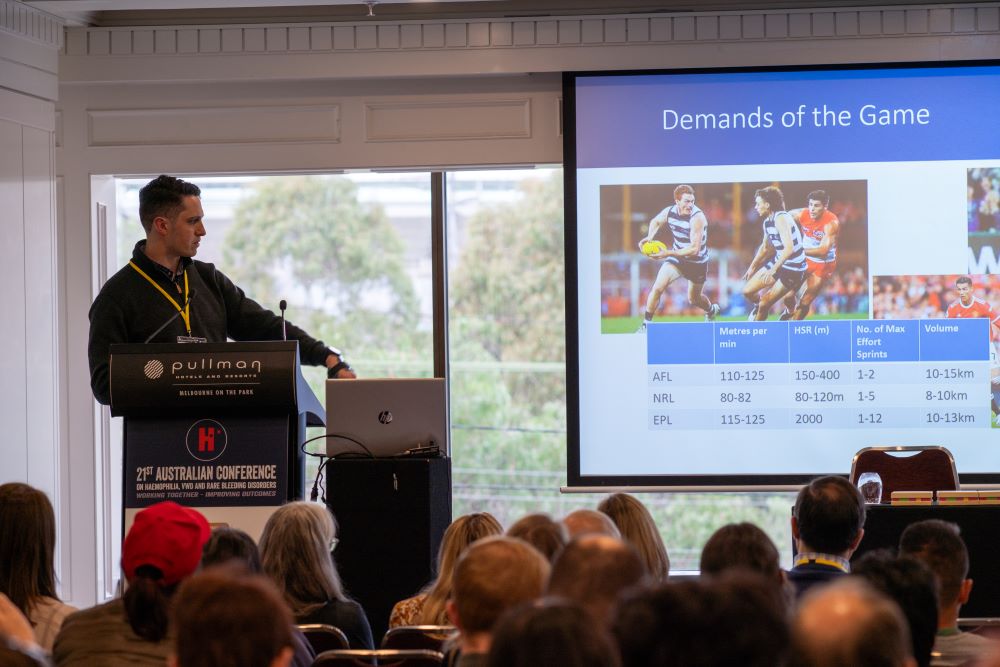Info for young people
Factored In was created by young people, for young people. Select a subject below to learn more about bleeding disorders.
Or scroll down to watch or read personal stories.
Stay connected
Check out our YouTube channel and follow us on socials
Personal stories

Growing up with VWD
Cassie's personal story of growing up with von Willebrand disease (VWD) and learning to manage her heavy periods....

Jack’s latest travel adventure
Jack shares his travel adventures in Canada and the USA - snowboarding and managing haemophilia on the road with new...

Youth taking on the future
Ben talks about the Blue Shirts youth leadership program, his experiences and hopes for the program....

Catching up with youth
Declan and Bailey talk about catching up with other young people at a gaming bar and what made it fun....

Youth at the Conference
Adam, Alan and Cassie talked to HFA about their experiences at the Melbourne Conference in August 2023. It was a...

Youth News – My amazing travel adventure
Jack talked to HFA about travelling overseas and managing his haemophilia for some amazing trips!...




